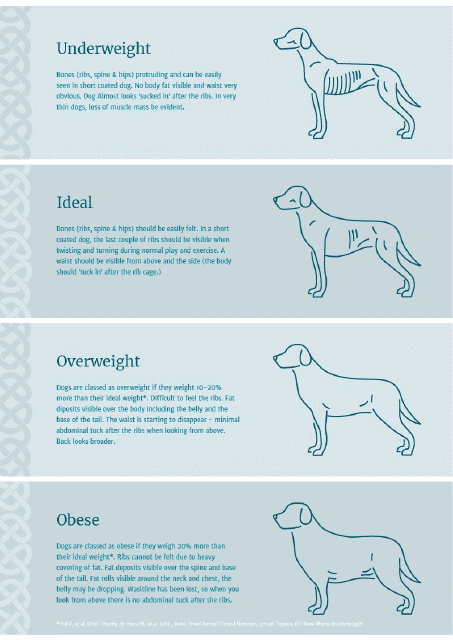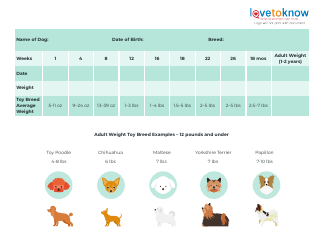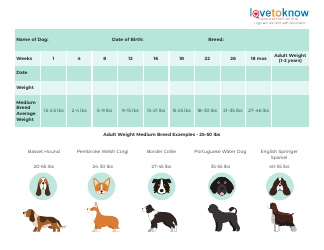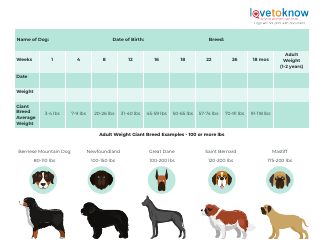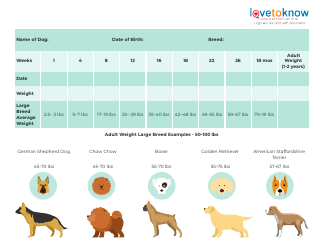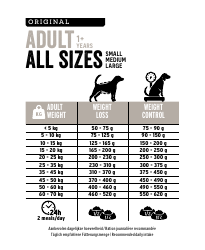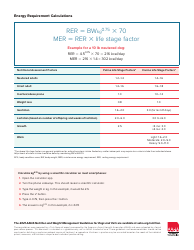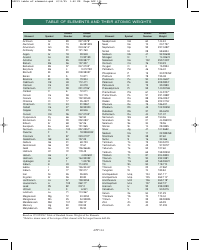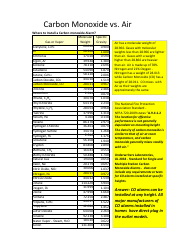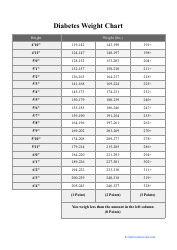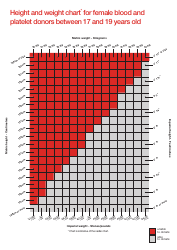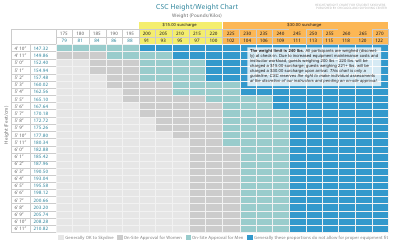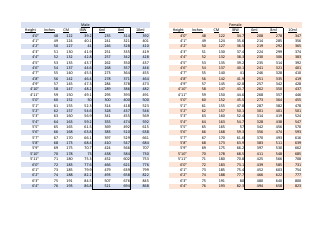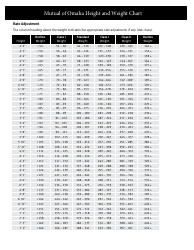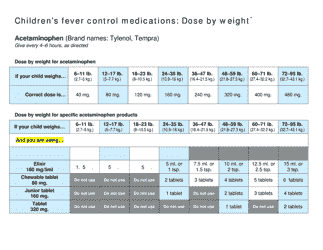Dog Weight Chart - From Underweight to Obese
The Dog Weight Chart - From Underweight to Obese is a tool used to determine a dog's weight status. It provides a range of weights that categorize dogs as underweight, healthy, overweight, or obese. This chart helps owners and veterinarians assess a dog's weight and overall health.
FAQ
Q: What is considered underweight for a dog?
A: Underweight for a dog is when they have a body condition score below 4 out of 9.
Q: What is considered a healthy weight for a dog?
A: A healthy weight for a dog is when they have a body condition score of 4 to 5 out of 9.
Q: What is considered overweight for a dog?
A: Overweight for a dog is when they have a body condition score of 6 to 7 out of 9.
Q: What is considered obese for a dog?
A: Obese for a dog is when they have a body condition score of 8 to 9 out of 9.
Q: How can I tell if my dog is underweight or overweight?
A: You can determine if your dog is underweight or overweight by assessing their body condition score, which involves evaluating their ribs, waist, and overall body shape.
Q: What are the health risks associated with an underweight dog?
A: Health risks associated with an underweight dog include nutrient deficiencies, weakened immune system, and decreased energy levels.
Q: What are the health risks associated with an overweight dog?
A: Health risks associated with an overweight dog include joint problems, heart disease, and decreased lifespan.
Q: How can I help my dog reach a healthy weight?
A: You can help your dog reach a healthy weight by feeding them a balanced diet, providing regular exercise, and monitoring their food intake.
Q: Should I consult a veterinarian if my dog is underweight or overweight?
A: Yes, it is recommended to consult a veterinarian if your dog is underweight or overweight, as they can provide guidance on appropriate weight management strategies.
